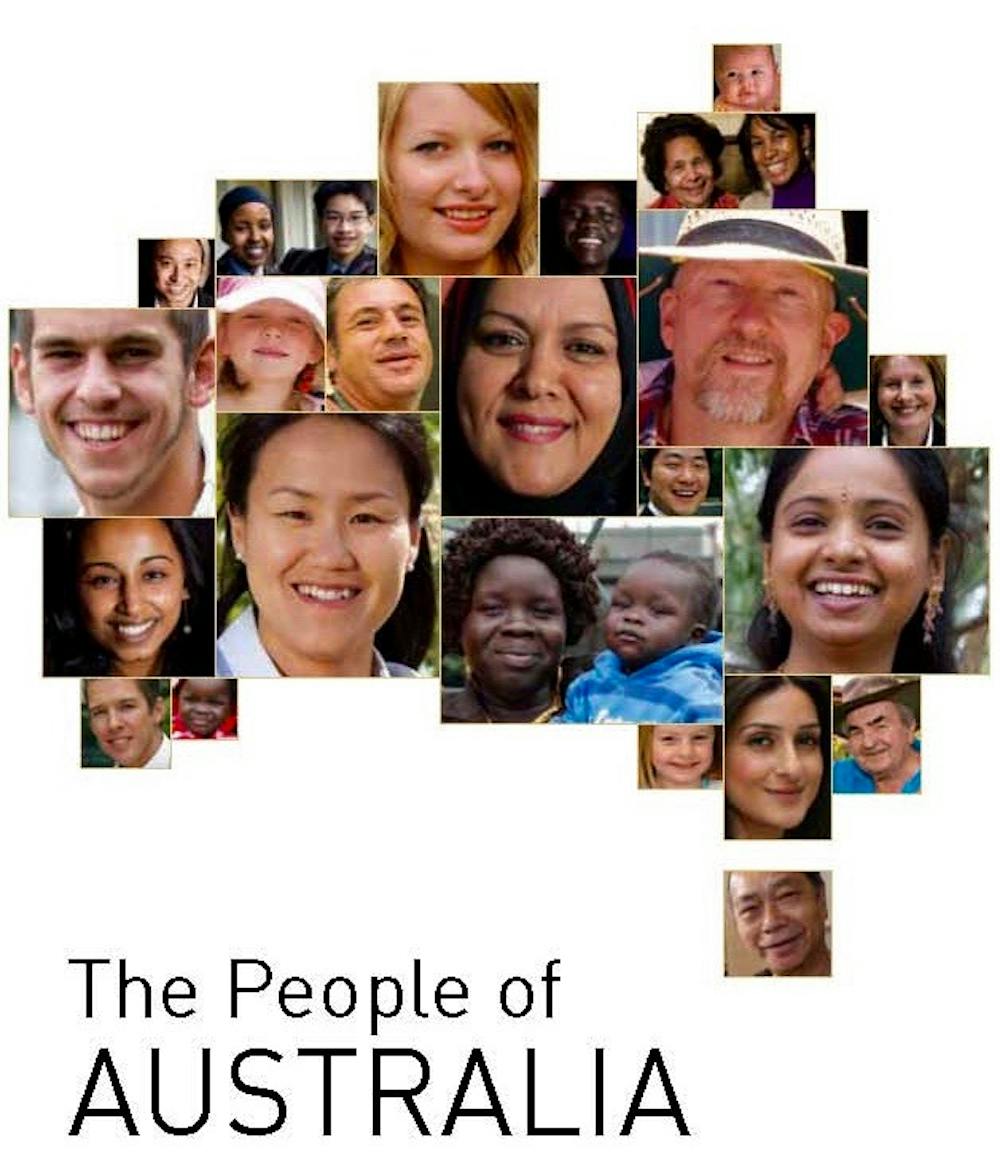 https://www.slideshare.net/katherinehannaford/library-conference-sole-presentation
https://www.slideshare.net/katherinehannaford/library-conference-sole-presentation
In Year 3 our focus for Humanities and Social Sciences will be Civics
and Citizenship Education (CCE). This will involve learning about the importance
of cultural diversity within our community and how contributions from different
cultures impact on the community. The Australian
Curriculum (ACARA, 2017) has outlined a framework for educators to follow to ensure
we provide a rich, engaging, and relevant unit for students.
What
is community?

The students
will be learning about what a community is, what makes up a community and the
various aspects of being involved in a community. This will involve inquiry-based
learning through discussion of community and the groups and individuals that
they may encounter. When students are able to question what is happening they
can relate it to their own lives and find relevance for the learning. (Churchill, et.al., 2011).
We will be discussing and developing our knowledge of the different communities we have in our area and within our classroom. We will also focus on the Aboriginal and Torres Strait Islander peoples connection with the community and how this community is represented within our school environment. Aboriginal culture is embedded within many of our classroom lessons. It is important for us as a school community that we ensure that students learn about our Aboriginal and Torres Strait Islander history and the importance of ensuring the cultural aspects of the traditional owners of the land are respected and continued. Aboriginal and Torres Strait Islander histories have been embedded within the Australian Curriculum through being a cross-curricular priority.(ACARA, 2017).

https://www.pinterest.com.au/pin/419045940317200334/

https://www.pinterest.co.uk/pin/73887250110731436/?autologin=true
Research will include using various techniques to source information
about the cultures that are represented within the classroom. Be prepared for your children to come home
with some research questions to further develop their knowledge of their
cultural background. Questions may
include cultural groups and what they do within the community. As a class it will be exciting for students
to discover and learn from each other what is available within their community.
Students will analyse and collate the information they have collected
and decide how they will present this to their classmates.
It will be through class discussion and the opportunity for guest
speakers to come and share their culture with the class that students will be
able to further develop the concept of community and diversity.
What
can you do to help?
The
students enjoy it when parents/caregivers are able to come and share their time
within the classroom. If you are able to
talk to the class about your cultural background and how it may differ from
theirs, or providing your child with the information and allowing them to present it to their
classmates.
References:
Australian Curiculum, Assessment and Reporting Authority. (2017). The Australian Curriculum: Cross-curriculum priorities: Aboriginal and Torres Strait Islander histories and cultures. Retrieved from: https://www.australiancurriculum.edu.au/f-10-curriculum/cross-curriculum-priorities/aboriginal-and-torres-strait-islander-histories-and-cultures/
Australian
Curriculum, Assessment and Reporting Authority. (2017). The Australian Curriculum: Civics and Citizenship. (v. 8.3).
Retrieved from: https://www.australiancurriculum.edu.au/f-10-curriculum/humanities-and-social-sciences/civics-and-citizenship/
Churhill, R.,
Ferguson, P., Godinho, S., Johnson, N., Keddie, A., Letts, W., …Vick, M. (2014).
Teaching making a difference. Milton,
QLD. John Wiley & Sons Australia, Ltd.
NSW Department of Education.
Multicultural education. Retrieved
from: https://education.nsw.gov.au/teaching-and-learning/curriculum/multicultural-education/culture-and-diversity
This comment has been removed by the author.
ReplyDeleteHi Jacquie,
ReplyDeleteI really like that you have included an Acknowledgement of Country. It shows awareness and respect for Aboriginal culture and heritage and the ongoing relationship the traditional owners have with their land.
You have made a good start to your lesson, as it’s authentic and encourages students to explore their community better. You made mention of your pedagogical practice being that your lesson will be inquiry-based. I think this would be the perfect opportunity to back your reasons for choosing inquiry-based learning as your main method of pedagogy with an evidence-based reference. Giving a reason as well as a reference will provide your children’s parents/carers with a better understanding as to why they are learning this way and it makes them feel confident in your chosen method.
You will also need to reference any images that are not your own in the reference list. I can only see a reference for the Acknowledgement of Country which I don’t think is the correct UTAS APA referencing standards.
Just remember that your overall 3 blogs must refer to 4 academic texts/journal articles that have informed your thinking.
I hope some of this feedback helps you, good luck.
Regards,
Shae.
I really thought it was a good idea putting in the acknowledgment of country, I hadn't thought to do that myself so that has given me something to improve upon.
ReplyDeleteThe overall look and layout of your blog is pleasing to the eye and easy overall to follow, I think that parents would enjoy reading this and find it informative. Your use of different sizes and colours for headings made it clear what was being talked about and great for more visual inclined people.
Something to add could be to explain more about inquiry-based learning and what it is, you've mentioned that will learn through inquiry but I feel parents will have a better understanding if that is explained some more.
Overall I think you've met most of the criteria and made a great start, hope this helped.